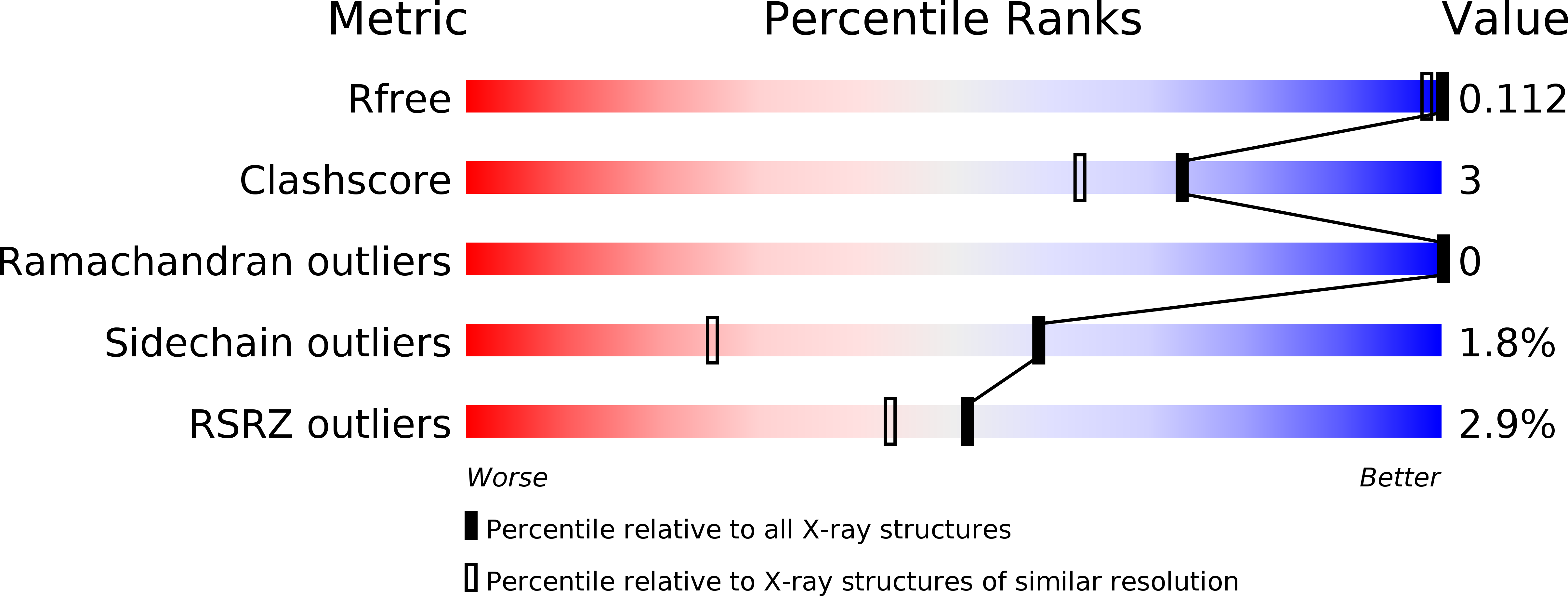
Deposition Date
2011-10-27
Release Date
2012-05-16
Last Version Date
2024-11-20
Entry Detail
Biological Source:
Source Organism:
Thaumatococcus daniellii (Taxon ID: 4621)
Host Organism:
Method Details:
Experimental Method:
Resolution:
1.00 Å
R-Value Free:
0.15
R-Value Work:
0.11
R-Value Observed:
0.12
Space Group:
P 21 21 21


